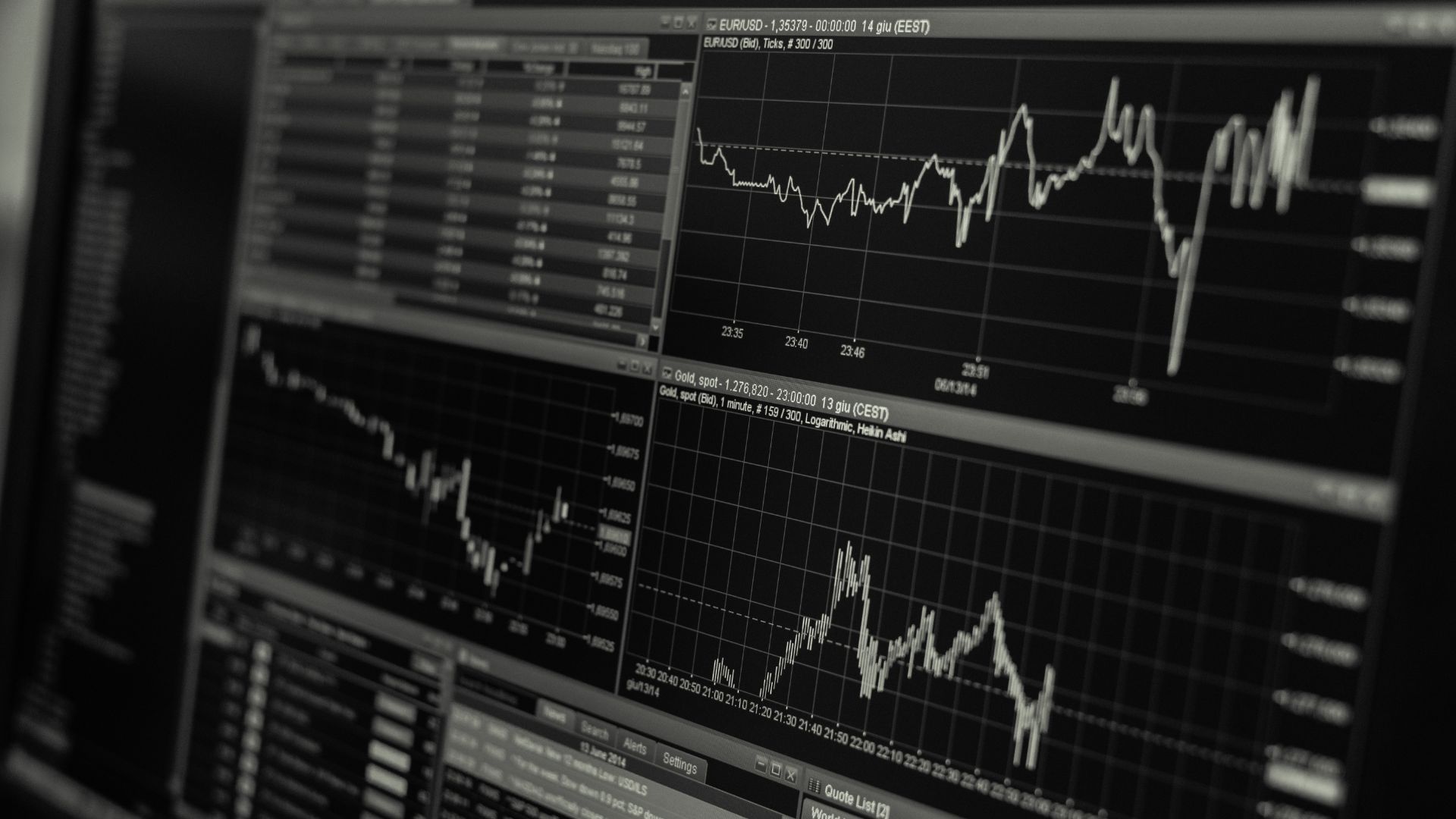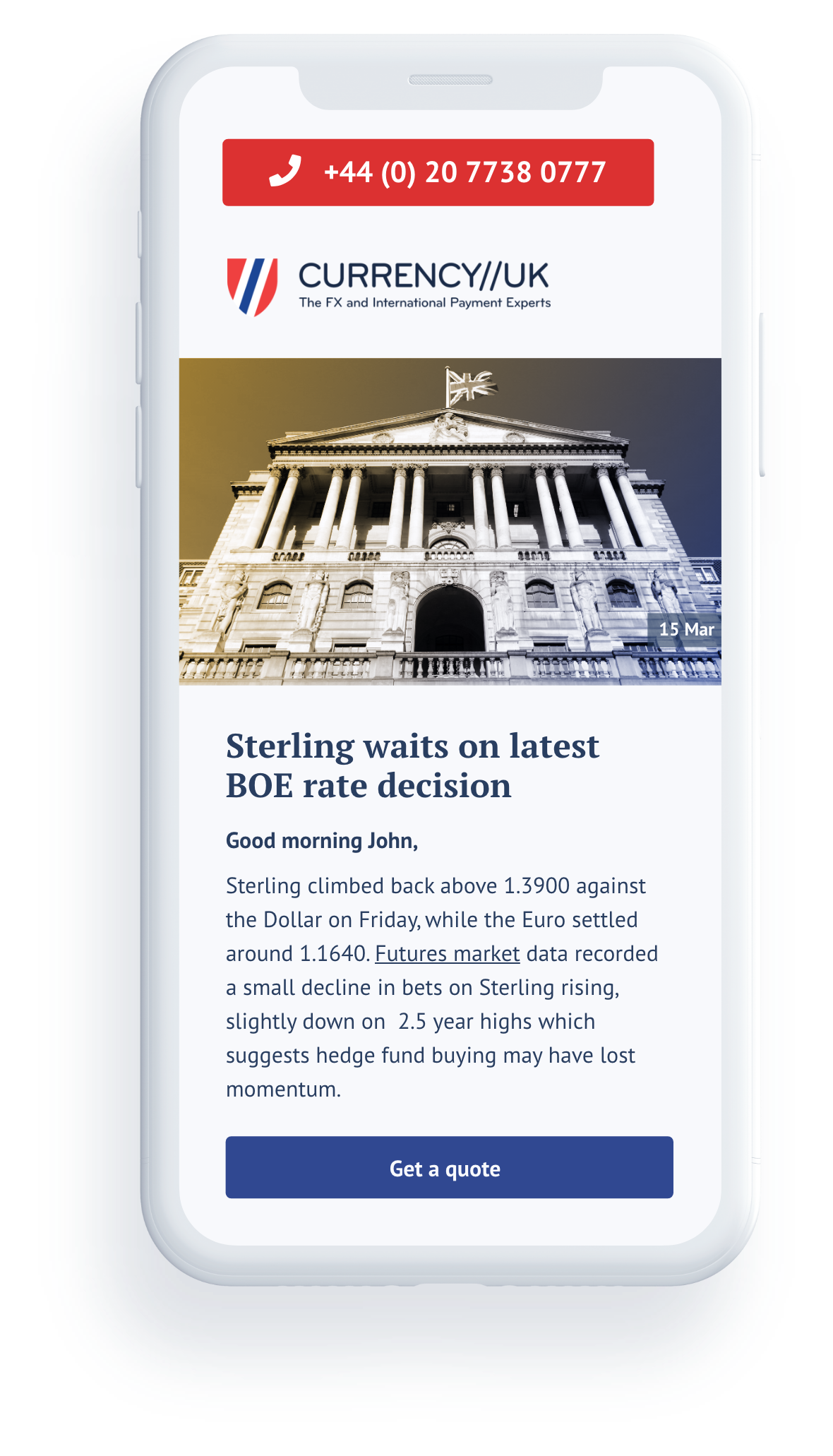Financial markets remain very volatile

This month saw both the OECD and World Bank make dramatic cuts to their growth forecasts for the world economy in 2022. The OECD is now projecting global growth of 3% for this year, down from its previous estimate of 4.5% made at the end 2021, while The World Bank has cut its 2022 forecast from 4.2% to 2.9%.
USD is king
The backdrop of spiralling inflation and the interest rate hikes that follow, continues to provide grim reading for traders, but heavy support for USD which is the premier ‘safe-haven’ currency. The dollar has soared over the past year, climbing by 17% on a trade-weighted basis against a basket of peers – the dollar is now at twenty year highs against the main currencies. It rose above ¥125 against the yen in April for the first time since 2003, and has been testing the twenty year low of $1.04 for the euro in recent weeks.
The Fed has been the most vocal of the main central banks on the need for significant monetary tightening to dampen down inflation pressures – however fears of recession as a result of aggressive hikes are swirling around.
Despite this, significant rate hikes are nailed on for the coming quarter, with both the ECB and Fed likely to increase rates by at least 75bps and 125bps, respectively, by September. Further tightening is on the cards beyond that, but markets are unsure about what the peaks in rates will be in the various economies. It is expected that rates will not peak in the Eurozone until Q4 2023, much later than in the US or UK.
Sterling has also been testing its Brexit lows at around $1.20 recently. It has not fallen below this level on a sustained basis since 1985. The US currency, then, is at exceptionally high levels at the present time. It is difficult to envisage any significant fall in the dollar over the second half of the year as it should be supported by a further sharp upward move in US interest rates to above 3% and relatively high US bond yields. Markets also seem likely to remain volatile, pointing to continued safe-haven flows into the dollar.
Not so sterling
GBP faces a number of headwinds. The UK economy has lost considerable momentum since earlier in the year in the face of a tightening of fiscal and monetary policy as well as galloping inflation. GDP is set to contract in the second quarter. The Bank of England is quite downbeat on the UK economy’s growth prospects as a result of a squeeze on real disposable income from higher taxes and elevated inflation, forecasting stagflation out to 2024. Brexit has also acted to depress trade with the EU, and the UK is facing a widening of its BoP deficit this year. Thus, there are clear downside risks for sterling which could come more to the fore if a weakening of the economy results in market rate hike expectations not being delivered on by the BoE.
Economic Outlook
We have seen a considerable amount of data published in recent weeks, pointing to slowing consumer spending, housing activity and industrial output in many countries. The flash PMI indices for June in the main advanced economies show a significant loss of momentum in both manufacturing and services. Thus, fears of a recession are growing. All in all, markets are likely to remain very volatile for some time yet.
Looking Forward
As we look to the month ahead, there is a range of data releases that could present volatility. The main release of note this week will be the US labour market report for June. Payrolls have been growing at a healthy clip of just under 500k on average since the turn of the year. However, they are still circa 800k below their pre-pandemic level. Nevertheless, the unemployment rate was at just 3.6% in May. Payrolls are projected to rise by a more modest 265k in June, while the unemployment rate is forecast to remain unchanged at 3.6% with conditions in the labour market remaining very tight, with almost twice as many job openings as there are unemployed people in recent months.
In the Eurozone, the latest ECB monetary policy meeting account is also due.
Geo-political risks are also likely to remain elevated, again helping the greenback. From a euro viewpoint, the fact that the ECB is set to deliver significant rate hikes over the second half of 2022 should prove supportive of the currency, as should the ending of QE and the negative interest rate regime that has been in place since 2014. Thus, the key support level of $1.04 may continue to hold for the euro.
Key Dates
Thu Jul 7 – USD, ADP Non-Farm Employment Change
Wed 13th – USD, Core CPI m/m
Fri 15th – USD, Core Retail Sales m/m
Wed 20th – GBP – CPI y/y
Thur 21st – JPY, BOJ Outlook Report. EUR, German Flash PMI, main refinancing rate, monetary policy statement
Thur 28th – USD, Advance GDP
In a time of elevated geo-political and economic uncertainty, a trusted FX partner is the best way to mitigate your business risk. Contact us for a friendly chat.

